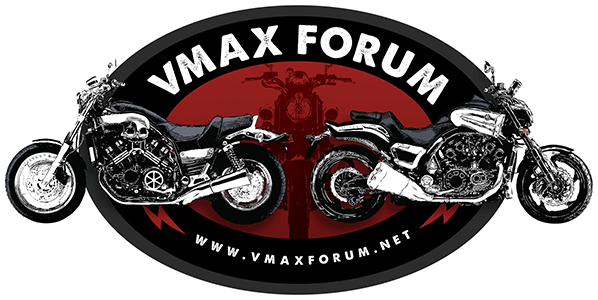Hello all, I'm looking for a little advice/feedback from more experienced Maxers...I have a 2003 with 13k miles. Bike runs great and I care for it well. The issue I'm having is clutch slippage when I'm on the throttle (already in gear) and accelerating. Usually when approaching 6-7k rpm. The clutch seems fine otherwise and never slips in moderate riding. The bike sat before I bought it a year ago. I went through it and changed/flushed ALL fluids and oils. It seems odd to me that the clutch only slips during hard acceleration in the taller gears?? Should I do a complete replacement?? I know the 'double D' mod could solve the issue, but I've heard that can cause issues with the driveline (u- joint etc.) I'm considering replacing all the friction plates; is that the best course??
Any feedback would be appreciated
Best to you'all !!
Any feedback would be appreciated
Best to you'all !!








![JOYROOM Motorcycle Phone Mount, [1s Auto Lock][100mph Military Anti-Shake] Bike Phone Holder for Bicycle, [10s Quick Install] Handlebar Phone Mount, Compatible with iPhone, Samsung, All Cell Phone](https://m.media-amazon.com/images/I/5113ZNM8R8L._SL500_.jpg)




![Bovemanx Motorcycle Phone Mount Holder, [150mph Wind Anti-Shake][7.2inch Big Phone Friendly] Bike Phone Holder, Motorcycle Handlebar Cell Phone Clamp, Compatible with iPhone 16 Pro Max Smartphones](https://m.media-amazon.com/images/I/51F+1sontPL._SL500_.jpg)




















